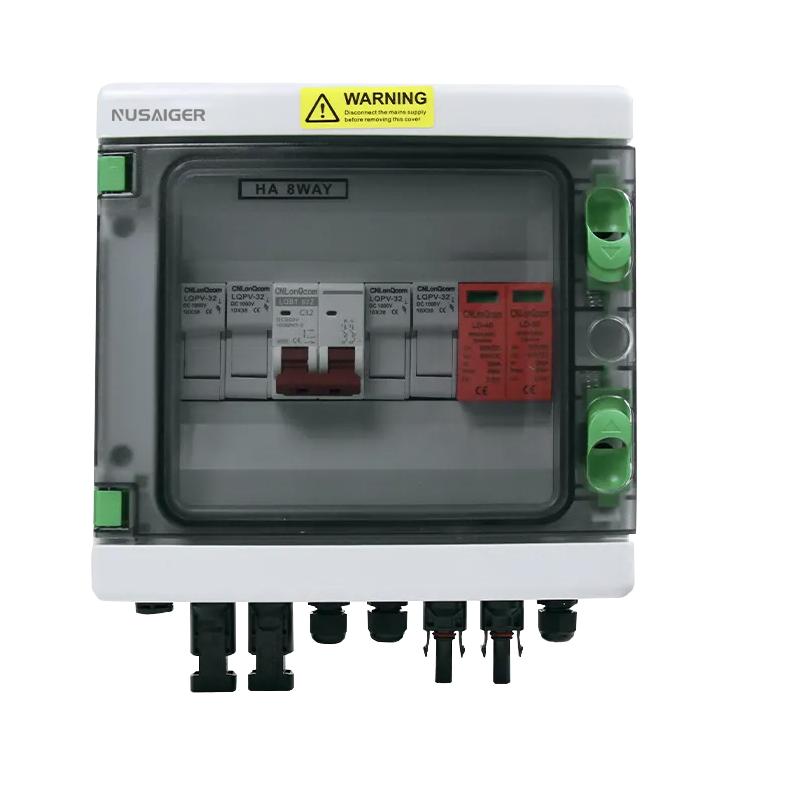How to Choose the Right PV Combiner Box for Residential and Commercial Solar Systems
Selecting the correct PV combiner box is essential for maintaining the efficiency and safety of your solar energy system. Whether you’re installing a small residential array or a large-scale commercial field, here are key factors to consider.
1. Number of Inputs and Outputs
Ensure the box supports the number of solar strings your system includes. Common residential boxes support 2–4 strings, while commercial systems may require boxes with 8–24 inputs.
2. Current and Voltage Ratings
Choose a box that matches or exceeds the system’s total current and voltage output. Oversized ratings offer headroom and ensure future scalability.
3. Safety Features
Essential protections include fuses or circuit breakers for each string, SPDs for surge protection, and isolation switches for safe maintenance. Boxes should comply with local electrical codes and fire safety standards.
4. Build Quality and Enclosure Type
Opt for IP65 or IP66-rated enclosures that are UV-resistant, waterproof, and dustproof. Materials like fiberglass-reinforced plastic (FRP) or powder-coated metals enhance durability in harsh climates.
5. Future-Proof Features
Smart combiner boxes offer digital monitoring, RS485 or Modbus communication, and cloud integration for real-time system visibility—valuable for commercial-scale projects.
Conclusion
The right PV combiner box enhances both performance and longevity of your system. Don’t cut corners—evaluate your electrical load, environmental conditions, and operational goals before purchasing.



